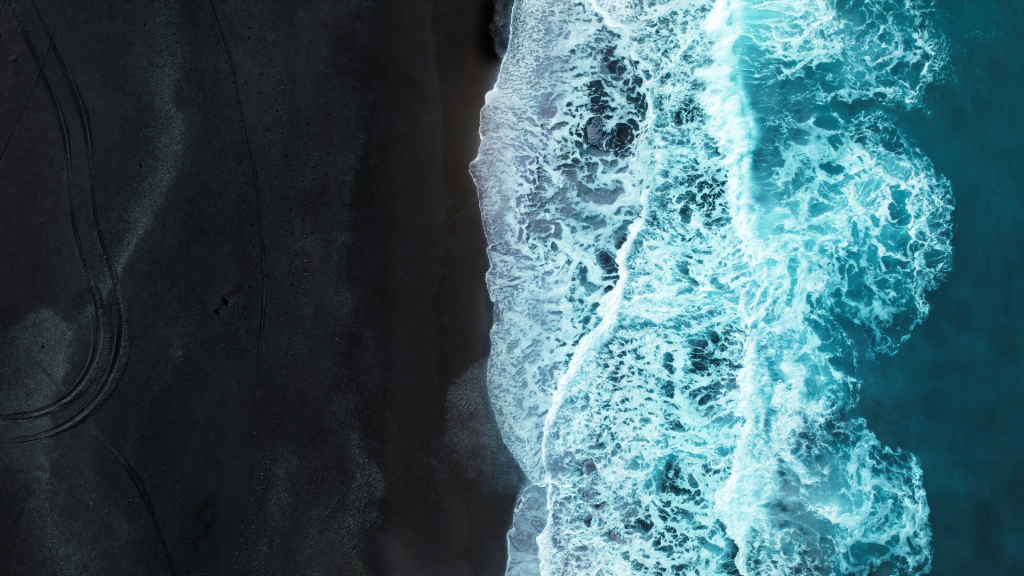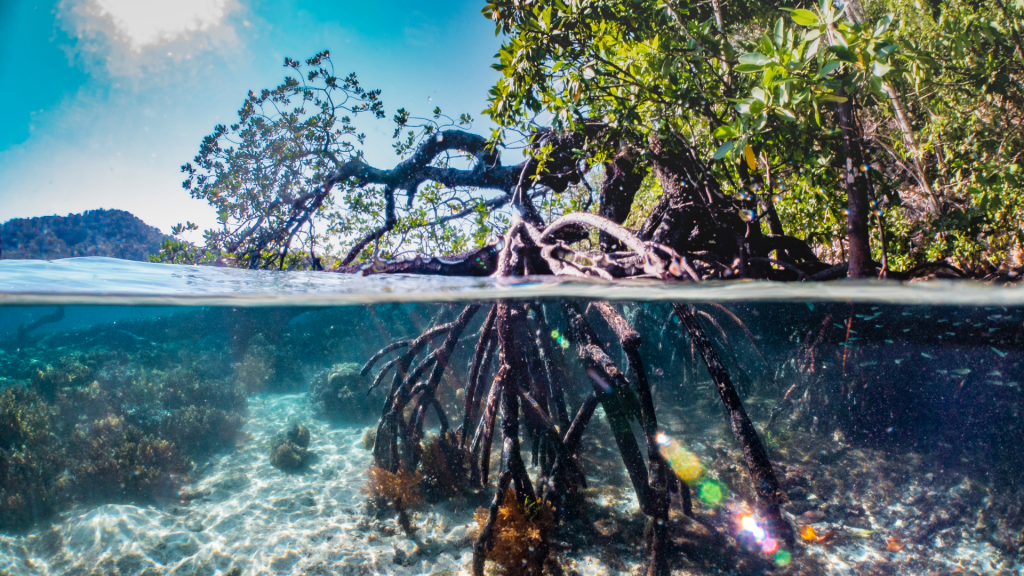A comprehensive study, co-led by Margaux during her time at Reefscapers and finalised while she was with Blue Pangolin Consulting (BPC), sheds light on one of the most spectacular and ecologically vital phenomena in the ocean: the synchronised mass spawning of corals. This study—spanning more than three years and two Maldivian atolls has revealed how environmental conditions like temperature, rainfall, and lunar cycles influence the reproductive timing and synchronicity of Acropora corals—a genus critical to reef building and recovery.
Published in PeerJ under the title “Synchrony on the Reef: How Environmental Factors Shape Coral Spawning Patterns in Acropora Corals in the Maldives“, the study is a significant step toward understanding the delicate interplay between environmental cues and coral reproduction—knowledge essential for reef conservation in the face of climate change.

Between October 2021 and May 2024, the co-authors monitored spawning events from 3,026 Acropora colonies across 24 species in North Malé and Baa Atolls. Their findings challenge long standing assumptions about the predictability of coral spawning, showing that changes (i.e., rises) in temperature in the months prior to spawning do not determine the likelihood of spawning to occur in a given month. However, rises in sea surface temperatures do significantly influence how many corals spawn in a given month, once the process begins.
“This is a vital insight,” said Kate Sheridan, co-lead author. “It tells us that while warming seas don’t necessarily shift when spawning happens, they do impact how synchronised that spawning is. Not only is synchronicity key to reproductive success, but predicting synchronised mass spawning events will prove vital in conserving critically endangered reefs.”
Across tropical reefs—including those in the Maldives—coral conservation efforts are increasingly turning to in-situ settlement of coral larvae, an approach that enhances natural reproductive processes to boost coral cover and genetic diversity. These interventions depend on accurate predictions of when and how abundantly corals will spawn. Following the ongoing fourth global bleaching event, which has severely affected Maldivian reefs, establishing baseline patterns of coral reproduction has become essential to understanding the impacts of climate change and informing effective mitigation strategies.
The study also uncovered a strong link between lunar phases and spawning behaviour, with the majority of corals releasing their gametes on the days closest to the full moon. Interestingly, these peak spawning events were significantly correlated with lower tide depths—suggesting that moonlight and tidal forces might be working in tandem to cue mass reproduction.


Rainfall emerged as another unexpected influence, with the study also highlighting a positive relationship between daily precipitation and the proportion of colonies spawning on any given day, although this varied across species. These species-specific differences underscore the complexity of coral reproduction and the need for localized conservation strategies.
Three Acropora species—A. secale, A. tenuis, and A. humilis—were analyzed in greater depth due to their frequent spawning events and number of colonies observed spawning. The models confirmed that environmental influences on spawning behavior are not uniform across species, revealing that even closely related corals may respond differently to the same climatic and oceanographic conditions.
Understanding these nuanced patterns is more than a scientific curiosity—it has real-world implications for reef restoration and climate resilience. Following the ongoing fourth mass global bleaching event, such insights could inform targeted conservation techniques.
“This research highlights the importance of species-specific monitoring and environmental forecasting,” said Margaux Monfared, co-lead author. “If we are to manage and restore coral reefs effectively, especially in vulnerable regions like the Maldives, we need to understand not just when corals spawn—but why they spawn when they do.”
While the study clarifies many aspects of Acropora spawning, it also acknowledges the limits of current knowledge, suggesting that other biological or ecological factors may be at play. Still, by capturing the environmental signatures of coral reproduction at such scale and detail, this research provides a crucial framework for future reef management across the Indo-Pacific.
Citation: Sheridan K, Monfared MAA, Dixon SP, Errington AJF, Le Berre T. 2025. Synchrony on the reef: how environmental factors shape coral spawning patterns in Acropora corals in the Maldives. PeerJ 13:e19447. https://doi.org/10.7717/peerj.19447





